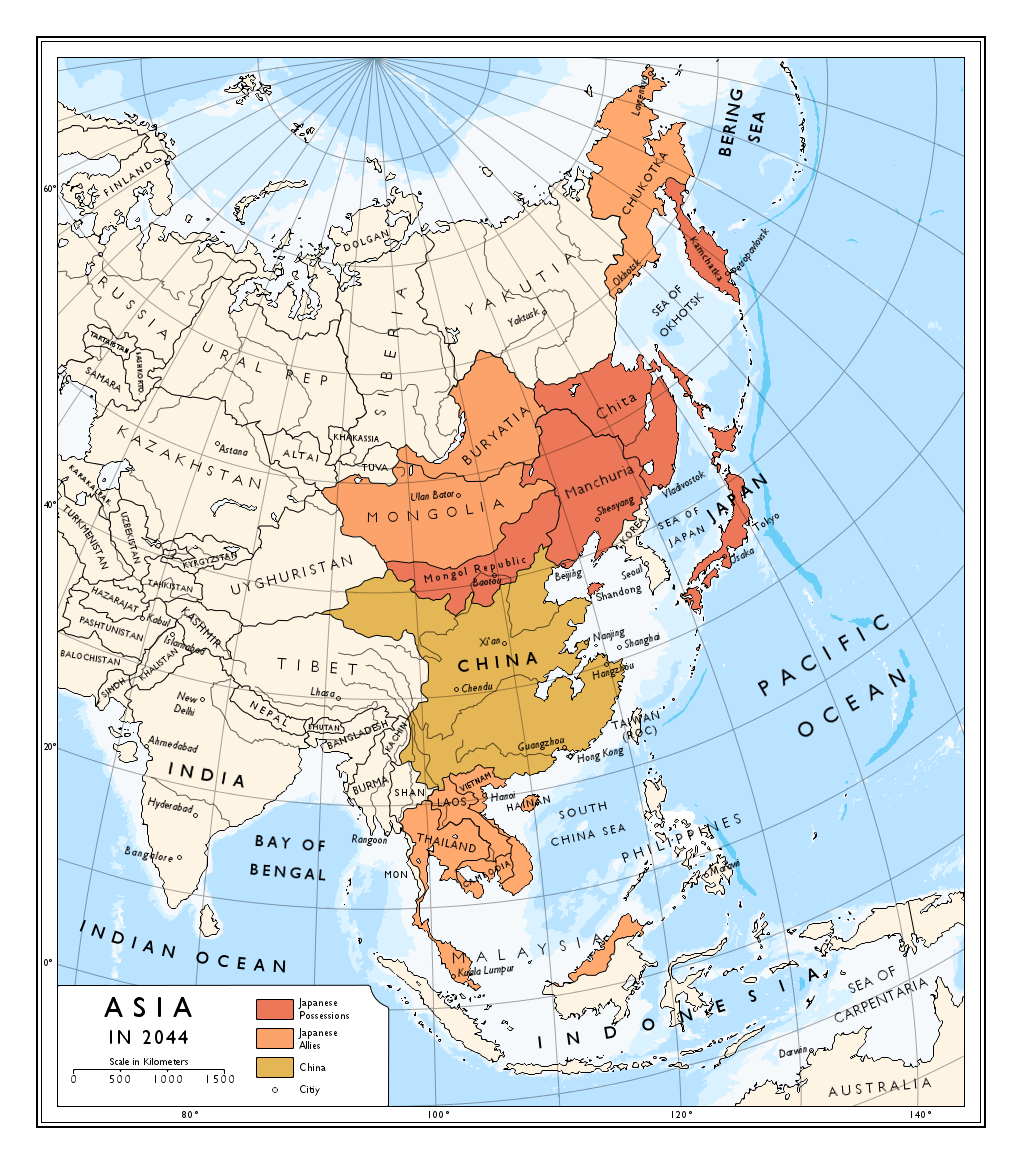Deviation Actions
Description
At the turn of the 21st Century all eyes turned to China as its economy boomed at record growth with no signs of decline for many years. Many public figures proclaimed that the 21st Century would be the Chinese Century, as the 20th was the American century. Few noticed the cracks forming from a planned economy that groaned under its own weight. Recessions were avoided with hyper-Keynesian economic policies that promoted growth but did little to address inefficiencies in the system. The Crash of 08' made these issues painfully clear to the Communist party as the export market began to shrink as westerners tightened their belts. Worse yet, few of their citizens could afford to buy the goods they'd been making for Americans and Europeans, highlighting the inequalities in the Chinese system. The Communist Party, seeing the writing on the wall, began a series of economic reforms that would slow the economy for the sake of transferring wealth into the interior. Resistance to these reforms in the more industrialized provinces was met with purges, sold to western media as an, "Anti-Corruption campaign." As Xi Jinping's regime consolidated power, China began to resemble a more traditional idea of a Communist Dictatorship. Many economists reassured the public that China's harsh policies were enabling reforms that would lead to economic normalcy, but as the world's sea levels rose, the dream of an economically stable and unified China crumbled. High unemployment and the refugee crisis led to open rebellion in the frontier provinces and Tibet. Beijing, barely protected behind high sea walls was simply unable to keep the periphery united with the Chinese core rebelling against the regime too. And so, China returned to regionalism and civil strife, leading to military police actions to hold the country together, at least formally.
Securing their economic and social claims meant a Naval buildup that conflicted directly with US naval interests, and despite formally cordial relations, the Japanese invested heavily into the construction of satellite tracking and ship destroying missile bases in the South Pacific. Japan's expanding spaceflight industry, which had already assumed control of several Russian and Chinese launch facilities, began servicing military space operations. By the 2040s, Japan stood as America's chief rival in Earth Orbit and on the Moon, stationing civilian and military facilities at the Lagrange points and on the far side of the moon (though in this area they American presence still dwarfed that of Japan.) In 2041, Japan staged a major incursion into China proper, sending "peace-keepers" into Beijing after a series of riots threatened the International Business District, home to one of the largest Special Economic Zones. This led to the UN levying sanctions against Japan, who had simultaneously been petitioning the organization for Security Council permanent membership. Japan agreed to withdraw its military from Beijing, but resigned from the UN in protest of the sanctions. The reality was that the UN sanctions were just a rubber stamp for the threat of an American naval blockade against Japan's interests in China, as few nations were in a position to seriously counter the Japanese.
As the dominant power over the oil and Natural Gas of Southern Russia to the Arabian Peninsula, Turkey found itself as a natural Ally of the Japanese, and established a formal Alliance in 2043, with the creation of the Eurasian Trade and Security Coalition. The ETSC established a free trade zone between the two sphere's and formal ties recognizing respective interests in Eurasia. The Turks and the Japanese even began staging war-games in Indonesia and the North Pacific, an act that demonstrated a real counter to US naval capabilities in the region. This forced the United States to come to terms with the new reality in Eurasia, as Turkey and Japan posed a credible risk to uniting the continent under a single power (though not a single state). Facing mutual threats on two fronts, the United States increased support to India and China dramatically, going so far as to support Chinese nationalists over American and Taiwanese puppet regimes in Southern China for the sake of regional cohesion. In 2044, the US Congress agreed to bailout India to provide an effective counterweight against the Turks and Japanese in Southern Asia. US, Indian, Korean and Nationalist Chinese forces began coordinating a series of war-games spanning the length of the Pacific, with the Orbital Command Network managing the maneuvers of air and naval forces across the region. This was a major boost in moral to the American public and US-Allies, who could now see just how effective the Orbital Command Stations were at running a truly global military force. Japan took these actions as a clear sign of a US containment strategy, and in the fall of 2044, the Japanese military began researching a plan of action to deal with the Orbital Command Stations.
More banks to own, more lives to control, great.
































